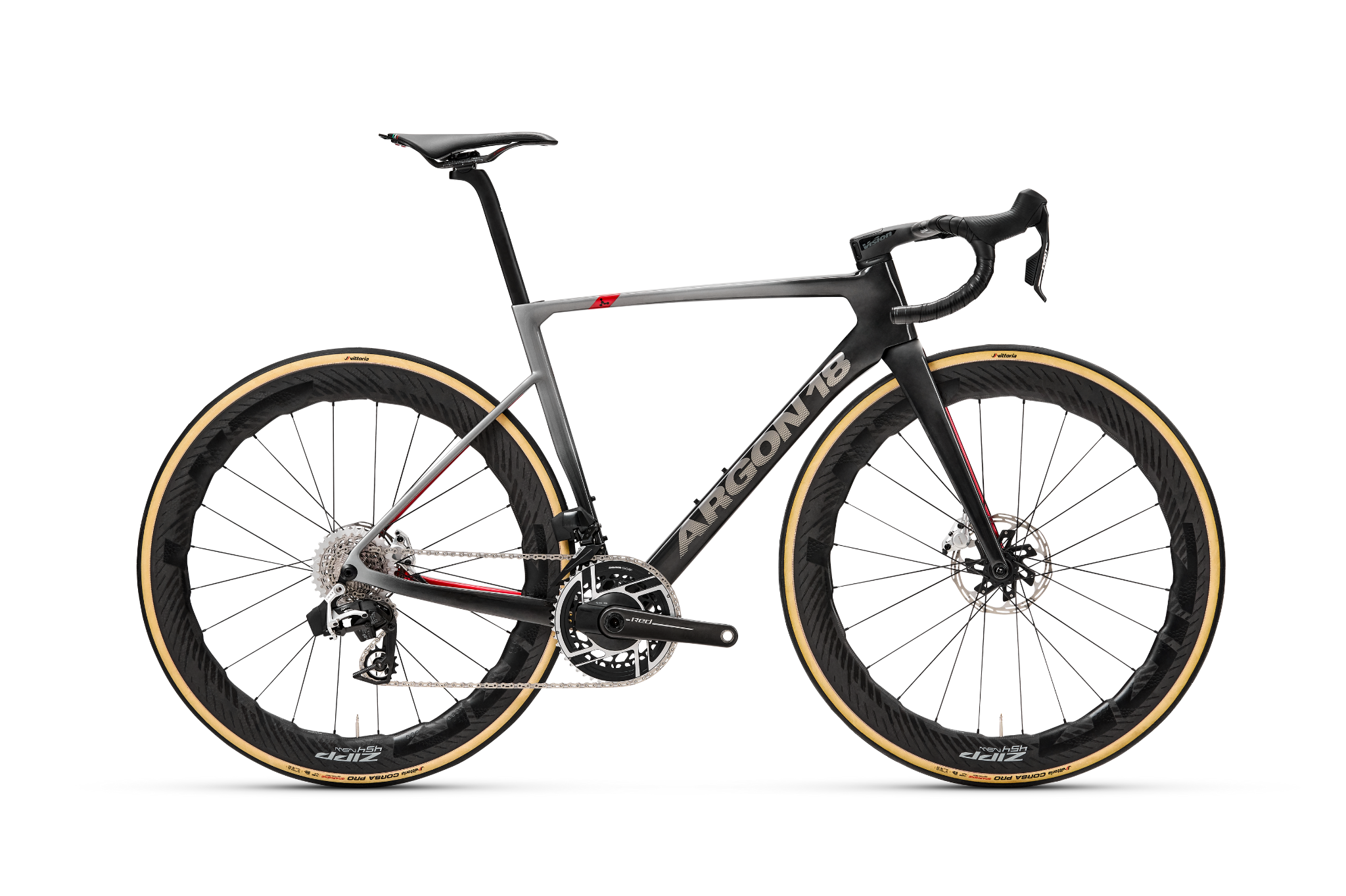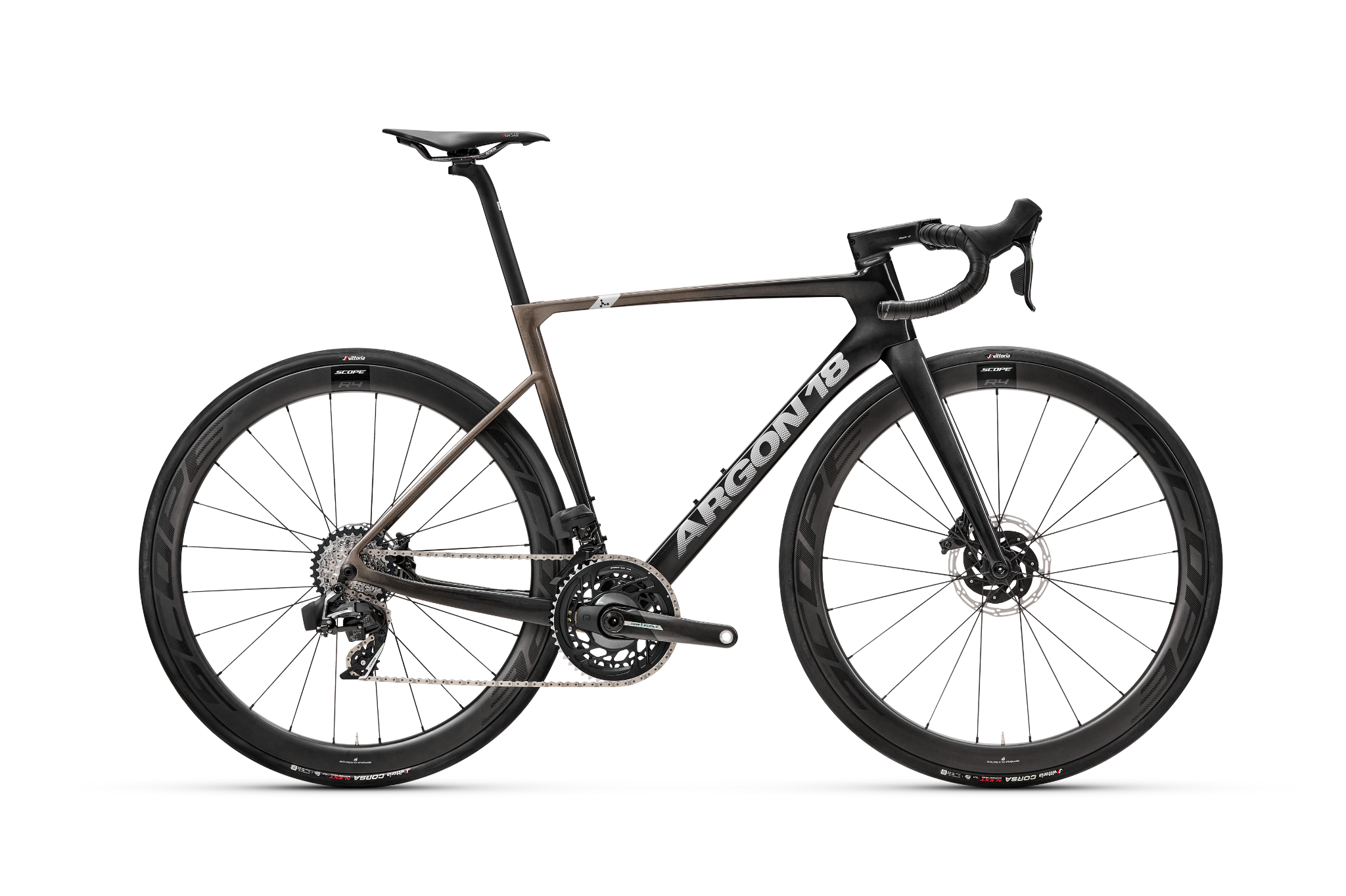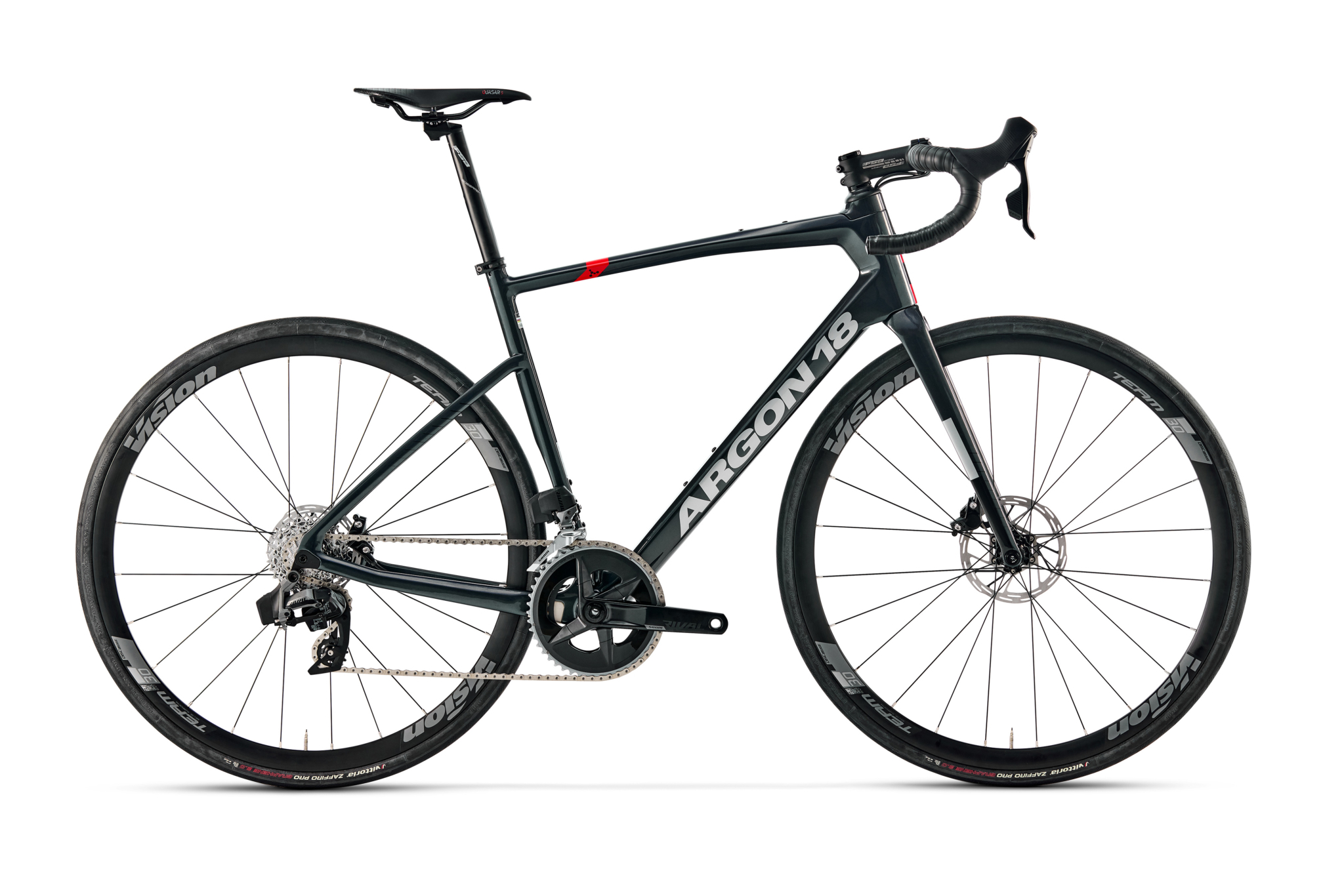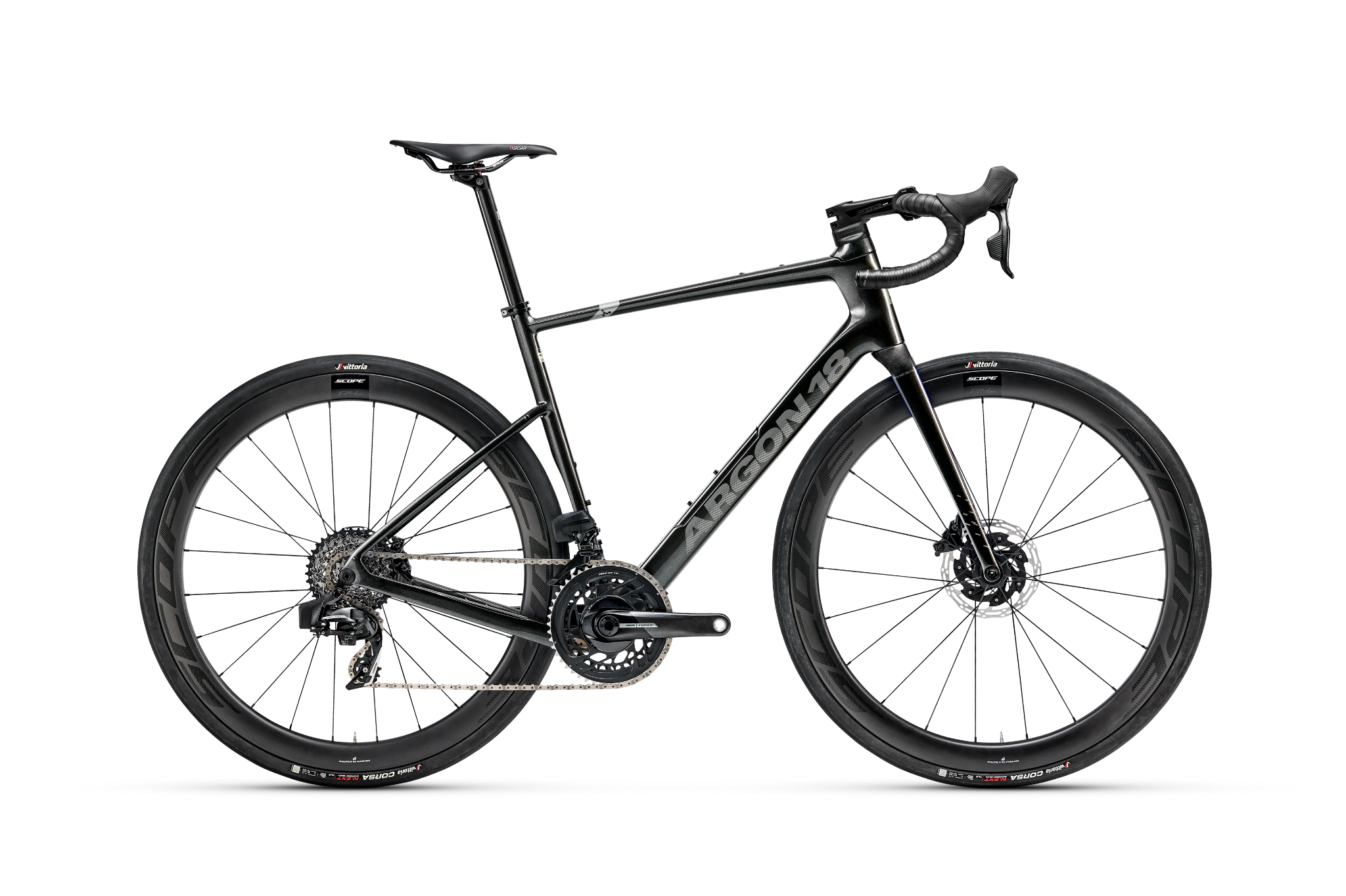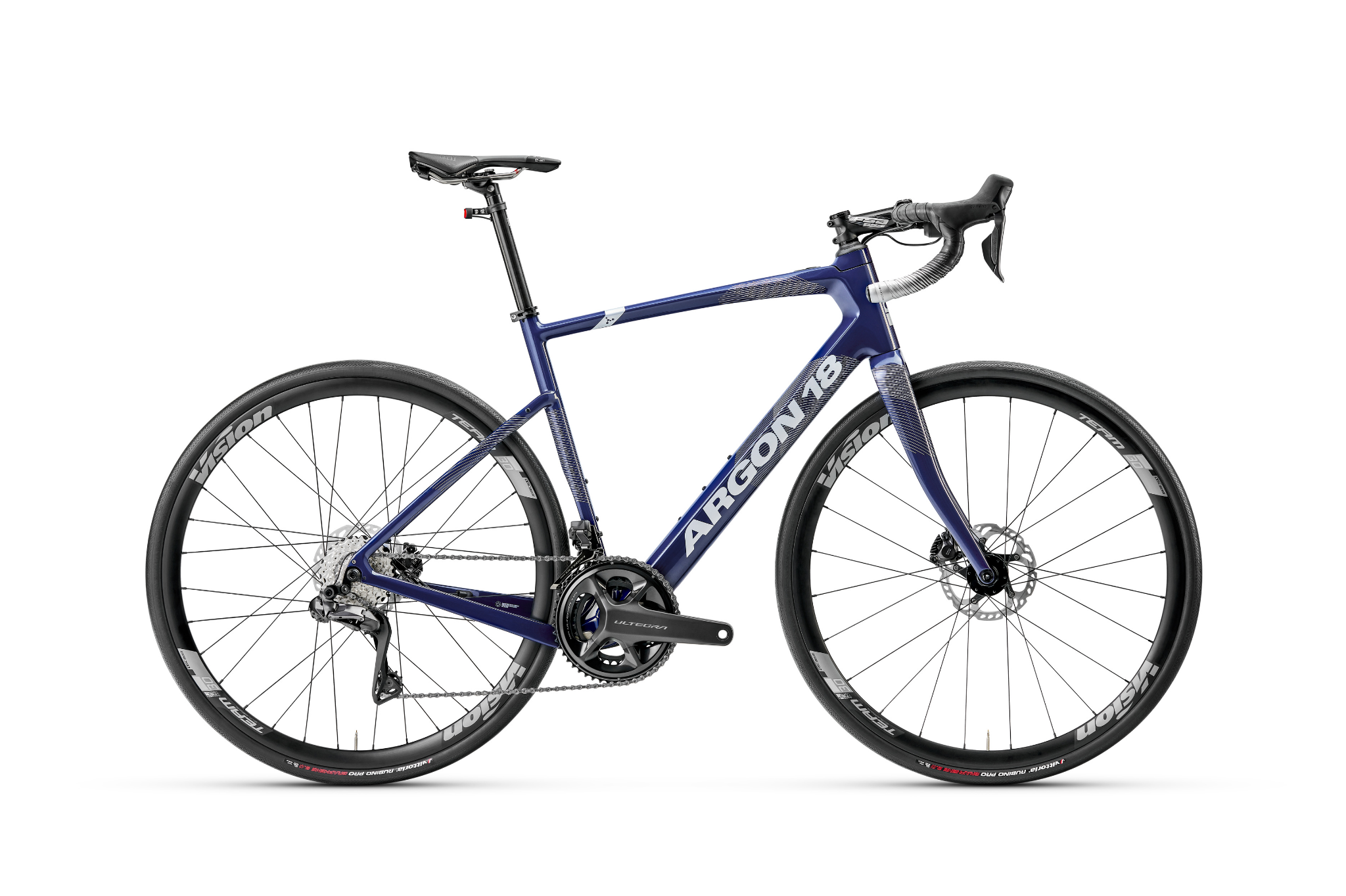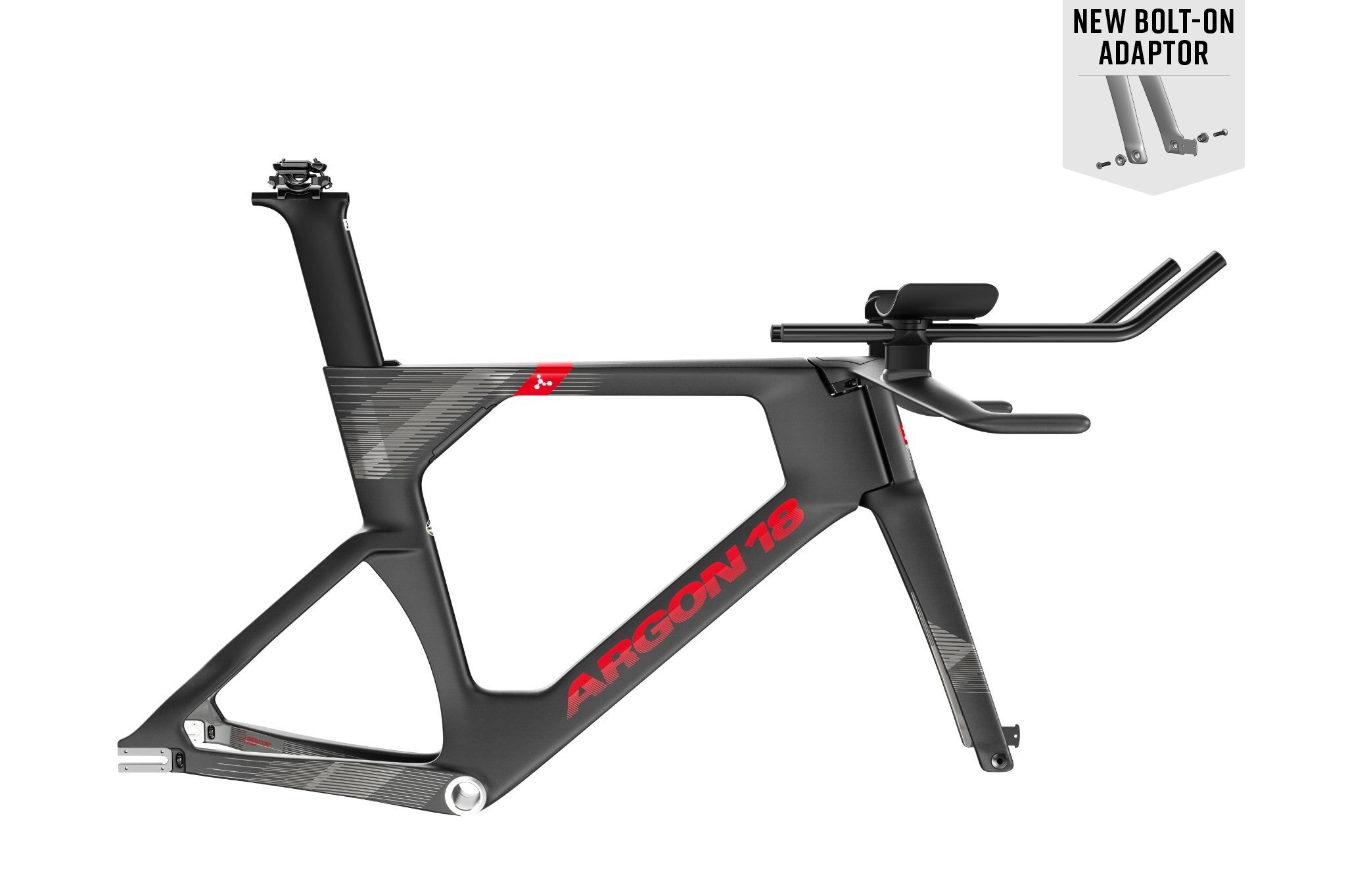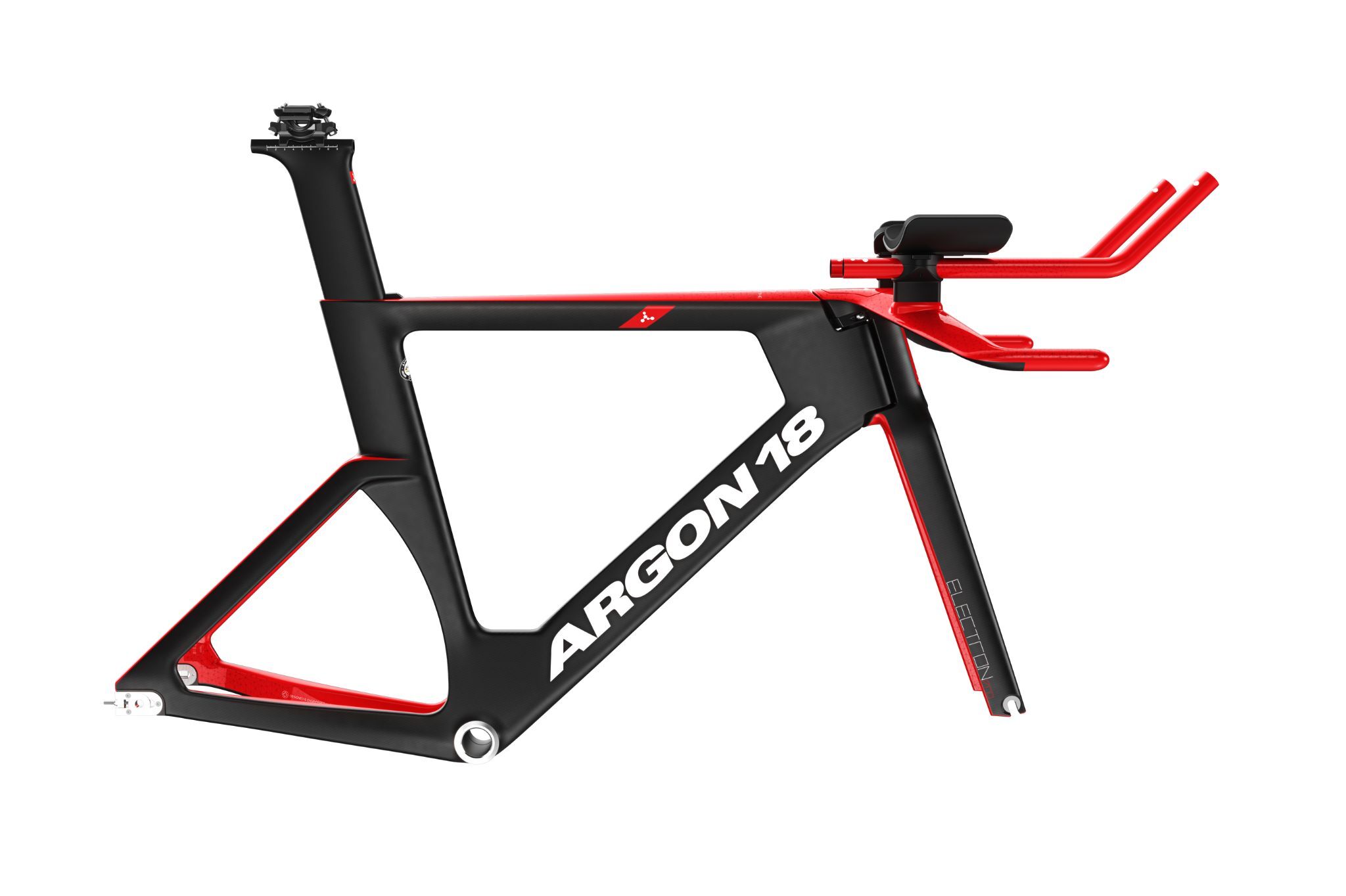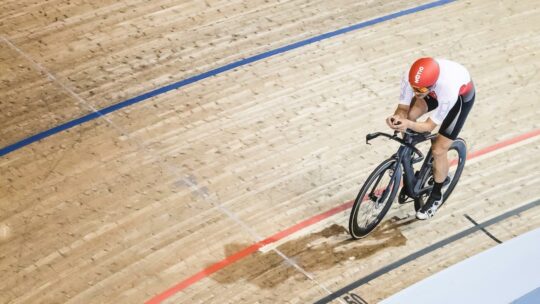The Test: Aero vs Lightweight
Argon 18’s new Sum Pro combines the best of our aero and lightweight engineering. But what does that mean for performance? Adding aero features to a lightweight bike means it loses its climbing advantage, right? Well, we put it to the test. But before we give you the results, let’s look at what makes this bike so aero.
We used CFD analysis to find the ideal tube shapes for each region of the bike, while ensuring there was no unneeded material where it did not provide direct aero improvements. For example:
- The downtube, toptube and seatstays were optimized using hundreds of design iterations for the perfect ratio of size, material thickness and aerodynamics.
- The hourglass-shaped HT provides low drag while being rigid and lightweight
- Very narrow (10mm) and slightly arched seatstays, for aero and compliance
- Profiled fork legs flare outward to deflect air away from the downtube
- Downtube width and optimized profile were tested including water bottles
- The wide downtube/headtube junction adds stiffness while ensuring clean airflow and removing turbulence behind the headtube.
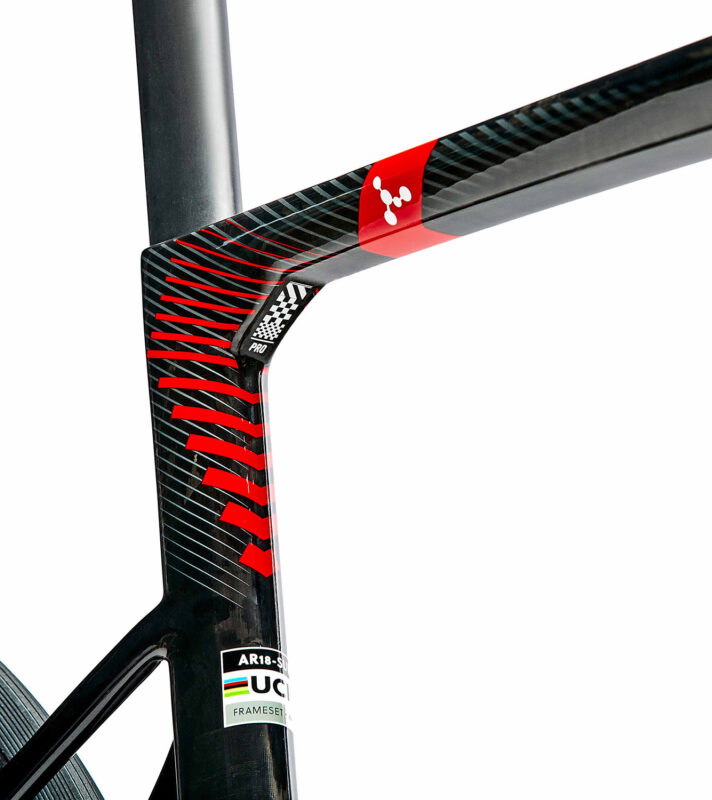
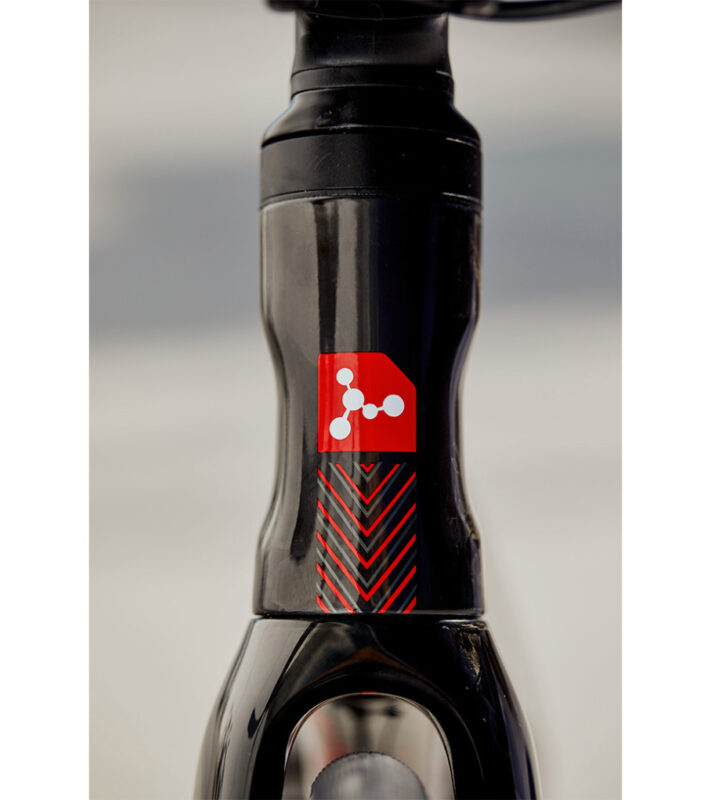
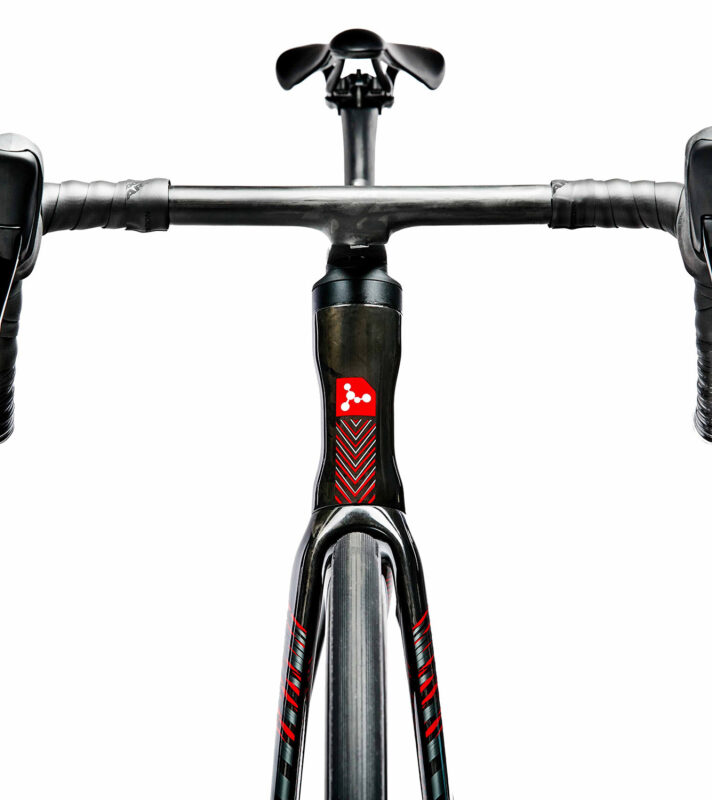
CFD analysis was performed (with rider) at different yaw angles between -20° and 20°, and show the Sum Pro’s aero performance as equivalent to the Nitrogen Disc and about 9% faster than the Gallium Pro Disc. We also took prototypes to the track to test with Notio, where it again matched the performance of the Nitrogen Disc. At 0° yaw (there is no side wind on the track), the Sum Pro has a lower CdA than the Gallium Pro Disc, about 0,004m2 or 7% lower.
But that aero engineering doesn’t mean we compromised on weight. Our frame design included many features to make sure we kept the weight low:
- Pro-level optimized layup at 840g (painted frame, medium)
- Very thin seattube and seatpost profiles to optimise for both aerodynamics and weight
- Chainstays of optimal size for weight and power transfer.
The Test
Back to that age-old debate: what gives you the biggest advantage, an aero or lightweight bike? On a relatively flat course, we all can usually see the advantage of aero helping us cut through the wind. But what about climbing? Lightweight is better, right? We put that theory to the test with the Sum Pro and ultra-lightweight Gallium Pro Disc.
First let’s look at the two bikes:
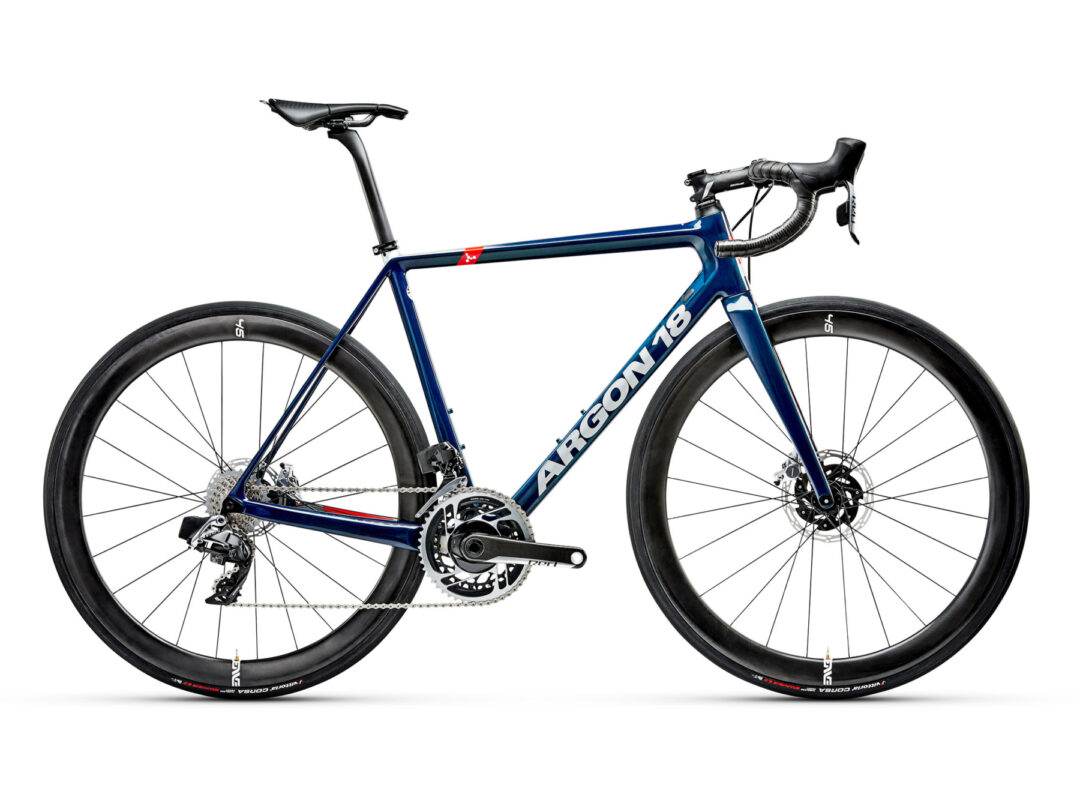
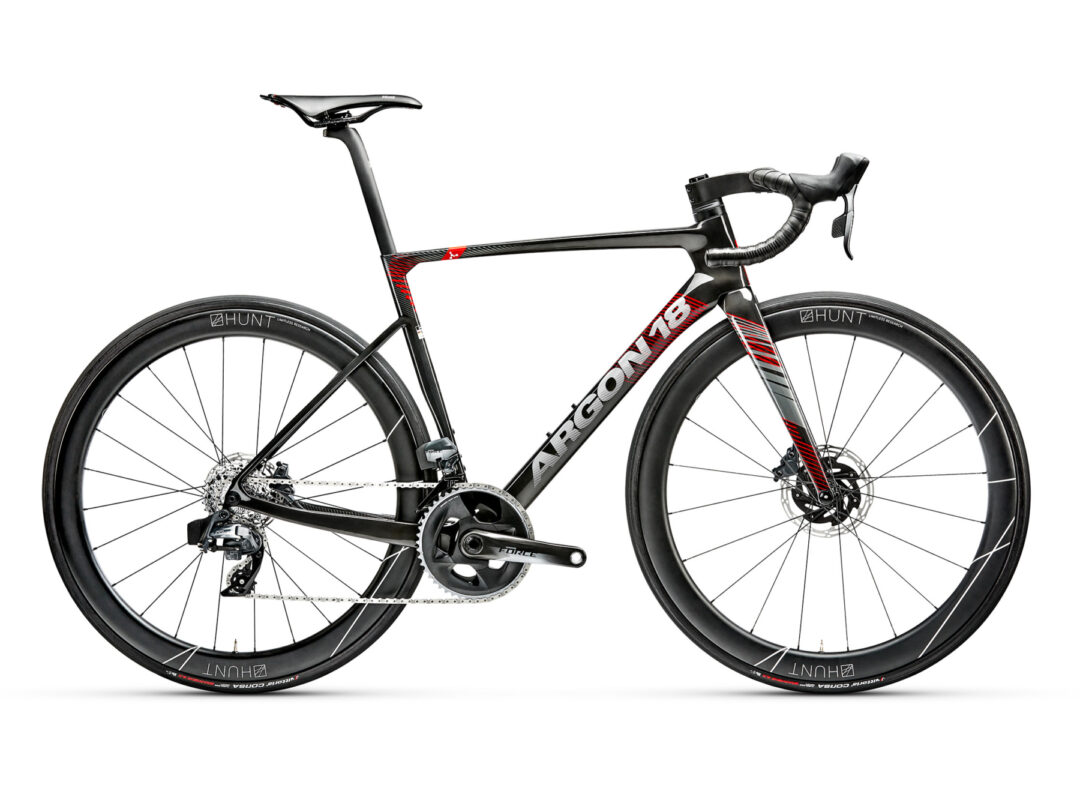
Left: Gallium Pro Disc Right: Sum Pro
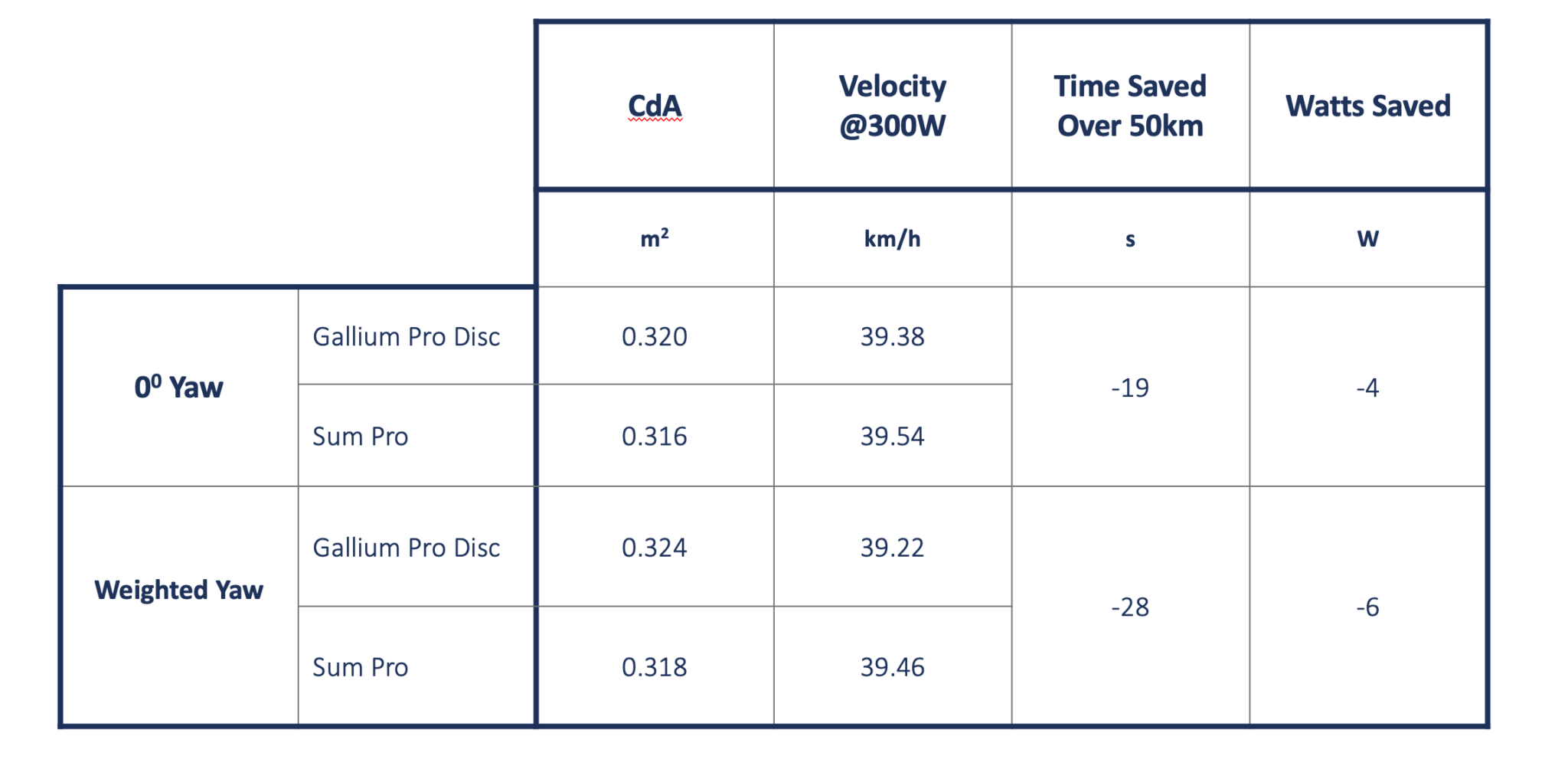
We can see that the Sum Pro will give an aero advantage of -0.006m2 CdA in the weighted yaw estimate over the Gallium Pro Disc. Now let’s take that to our virtual test site. We chose a classic Tour de France climbing stage: La Planche des Belles Filles (~3500m of climbing).
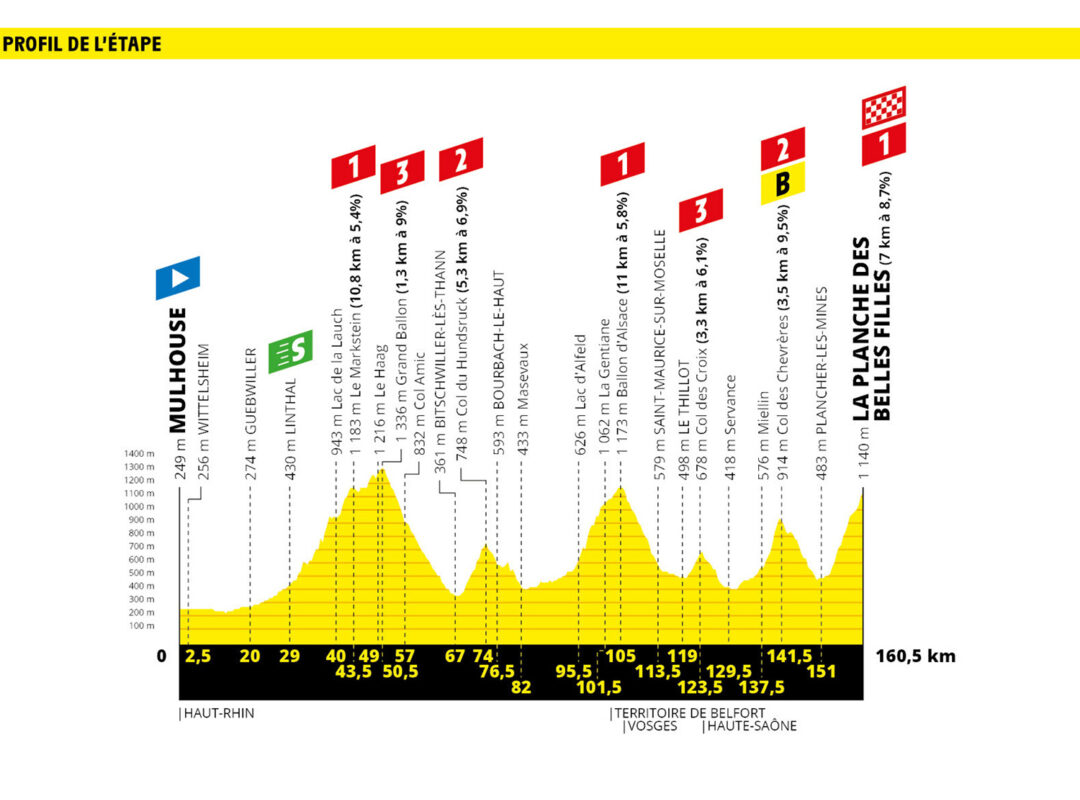
Source: L'Est Républicain
Our simulated rider weight was 70kg, with a power output of 250W. The bike weight was 7kg. The estimated CdA was 0.32m2, which would give a time of 5hours, 55min 2s for the stage. Let’s see which bike would give the advantage:
- The Sum Pro CDA advantage over the Gallium Pro Disc was -0.006m2CdA, which would give the Sum Pro rider a 79 second lead over the Gallium Pro Disc rider.
- But the Sum Pro weight disadvantage versus Gallium Pro Disc is an additional 30g, which means we must take back 4 seconds of that CdA advantage.
- However, that still leaves our Sum Pro rider with a net 75 second advantage at the finish line! Looks like the additional aero is the better choice, even when climbing.



